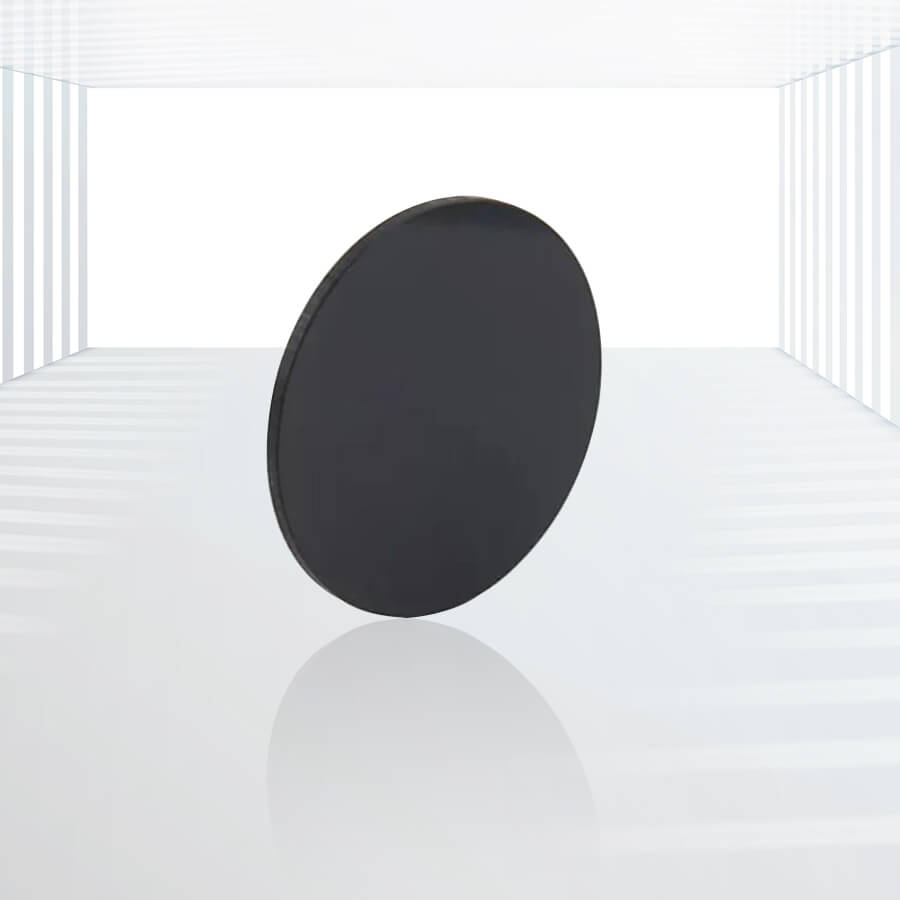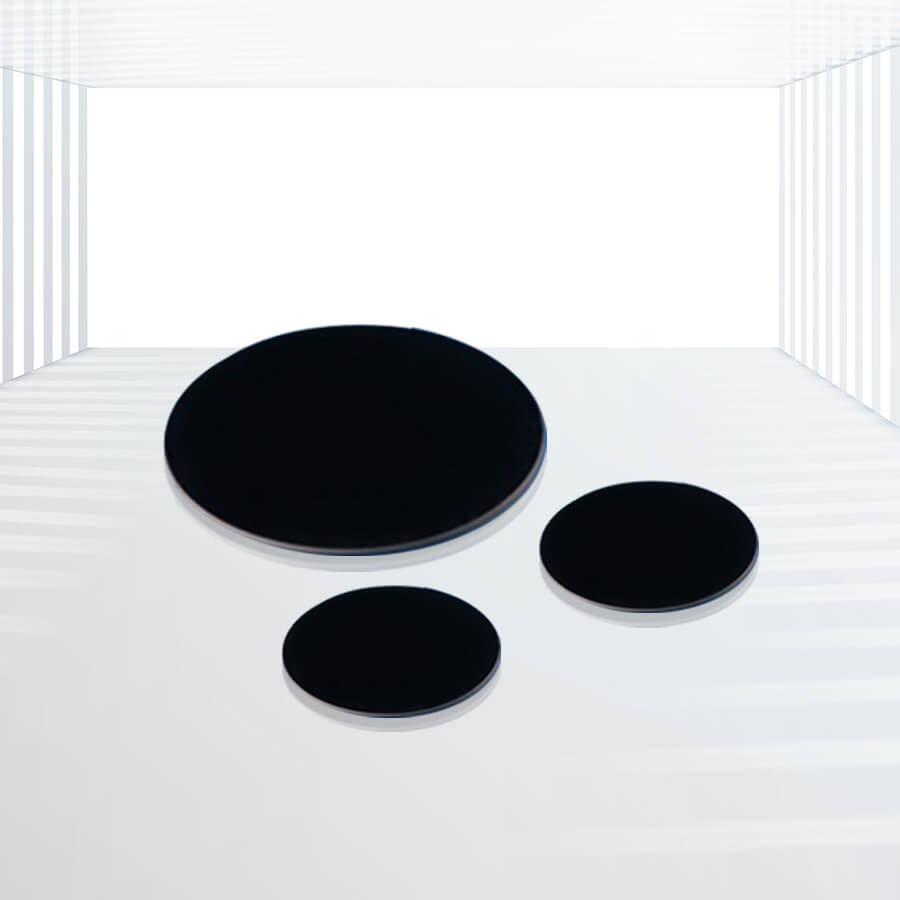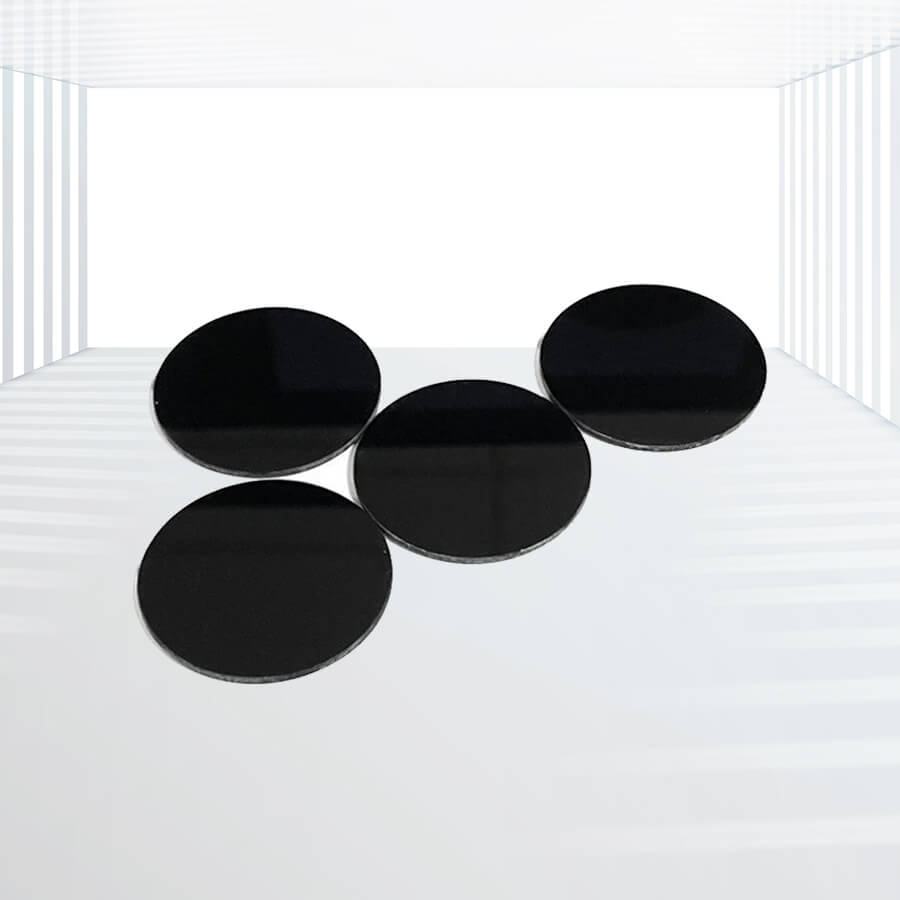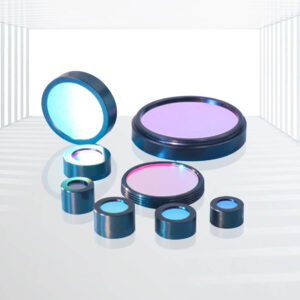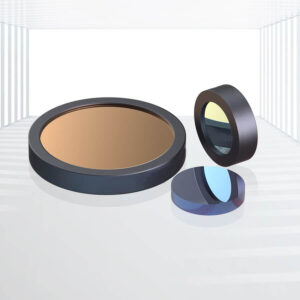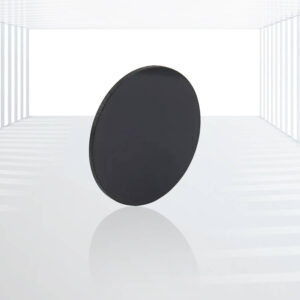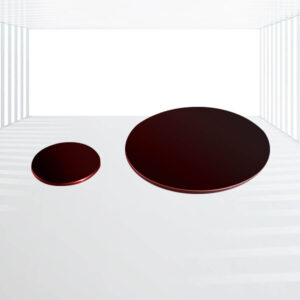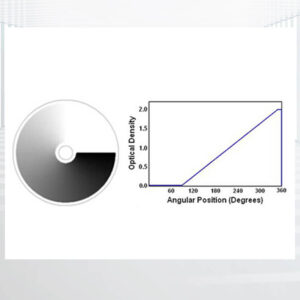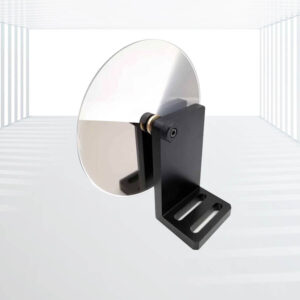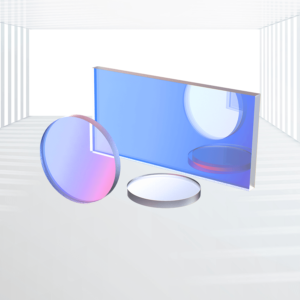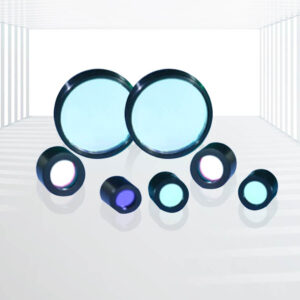Laser Line Dichroic Filters
High Wavelength Selectivity: Dichroic filters exhibit excellent wavelength selectivity, enabling precise separation of different wavelength bands. This is crucial in applications requiring specific wavelength transmission or reflection.
Low Loss and High Efficiency: These filters are designed to minimize light loss, ensuring high transmission and reflection efficiencies for the targeted wavelength bands. This is essential for maintaining signal strength in optical systems.
Broadband Capability: Some dichroic filters are capable of separating broad wavelength ranges, making them suitable for use in complex optical systems with multiple wavelengths.
Durability and Stability: High-quality dichroic filters are designed to withstand various environmental conditions and maintain their optical properties over time, ensuring long-term reliability in demanding applications.
Customizable: Manufacturers can tailor the spectral properties of dichroic filters to meet specific application requirements, providing flexibility in system design.
Applications: Laser Systems, Imaging and Microscopy, Spectroscopy, Astronomy, Industrial Applications, etc.
Laser Line Dichroic Filters, also known as dichroic mirrors or dichroic beamsplitters, are specialized optical filters designed to separate a broad spectrum of light into two distinct components: a reflected component and a transmitted component. They achieve this by allowing certain wavelengths to pass through (transmit) while reflecting others, based on the optical properties and coating of the filter. These filters are crucial in various laser-based systems and optical experiments where precise wavelength control is essential.
Specifications:
| Substrate Materials | UV fused silica or BK7 |
| Angle of Incident | 45 ° |
| Size Tolerance | +/-0.1mm |
| Aperture | >90% |
| Parallelism | <30 arc seconds |
| Surface Quality | 40/20 S/D |
| Flatness | λ/4 or λ/10@633nm |
| Damage Threshold | > 5J/cm2,20ns,20Hz,@1064nm |
| Coating | S1 with dielectric coating of beam splintering
S2: AR coating |
Features:
- High Wavelength Selectivity: Dichroic filters exhibit excellent wavelength selectivity, enabling precise separation of different wavelength bands. This is crucial in applications requiring specific wavelength transmission or reflection.
- Low Loss and High Efficiency: These filters are designed to minimize light loss, ensuring high transmission and reflection efficiencies for the targeted wavelength bands. This is essential for maintaining signal strength in optical systems.
- Broadband Capability: Some dichroic filters are capable of separating broad wavelength ranges, making them suitable for use in complex optical systems with multiple wavelengths.
- Durability and Stability: High-quality dichroic filters are designed to withstand various environmental conditions and maintain their optical properties over time, ensuring long-term reliability in demanding applications.
- Customizable: Manufacturers can tailor the spectral properties of dichroic filters to meet specific application requirements, providing flexibility in system design.
Applications:
1.Laser Systems:
- Beam Combining and Splitting: Dichroic laser beam combiners can efficiently combine or separate multiple laser beams, allowing for complex beam manipulation and control.
- Wavelength Selection: In laser-based systems, dichroic filters are used to select specific wavelengths for transmission or reflection, ensuring the desired wavelength reaches the target.
2.Imaging and Microscopy:
- Fluorescence Microscopy: Dichroic filters are crucial in fluorescence microscopy, where they separate excitation light from emitted fluorescence, enabling high-contrast imaging.
- Confocal Microscopy: Similar to fluorescence microscopy, dichroic filters are used to isolate specific wavelengths for excitation and detection, improving image quality.
3.Spectroscopy:
- Raman Spectroscopy: Dichroic filters can be used to isolate Raman scattered light from the excitation laser, allowing for sensitive Raman measurements.
- Optical Spectroscopy: In general optical spectroscopy, dichroic filters help separate different spectral components, enabling detailed analysis of light sources.
4.Astronomy:
- Telescopes and Instruments: Dichroic filters are employed in astronomical telescopes and instruments to isolate specific wavelengths of interest, improving observational data quality.
5.Industrial Applications:
- Laser Material Processing: In laser cutting, welding, and marking, dichroic filters can be used to control the wavelength and intensity of the laser beam, optimizing the process.
- Optical Sensing: In optical sensors, dichroic filters can isolate specific wavelengths for detection, improving sensor performance and accuracy.
Kingwin Optics offers a range of standard and custom laser line dichroic filters with advanced coating techniques. These filters provide exceptional transmission and reflection performance at designated laser wavelengths, ensuring minimal loss and high durability even under intense radiation exposure.

